SUVs dominate the 2016 Beijing Auto Show
The 2016 Beijing Auto Show taking place in China clearly reflects the race between major brands and domestic automakers to satisfy the "thirst" for big cars in the world's largest auto market.
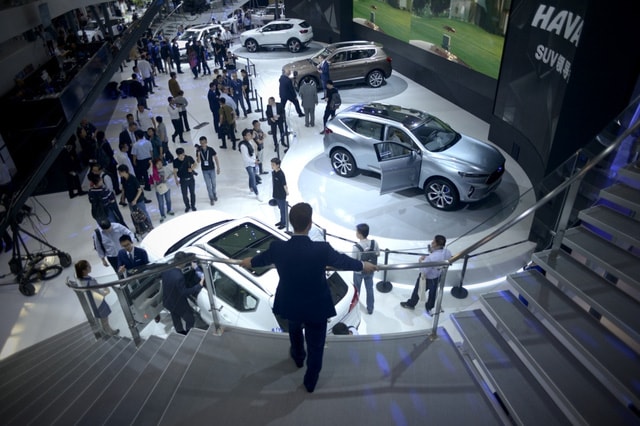 |
| Chinese domestic automaker Great Wall Motors' booth with Haval SUV models at the 2016 Beijing Auto Show (Photo: AFP/Getty Images) |
“The SUV market [in China] seems insatiable… You’re going to see it continue to grow,” said Mark Reuss, GM’s vice president of global product development.
On April 25, when the 2016 Beijing Auto Show officially opened, the world's leading car manufacturers, such as Mercedes, Honda Motor, Ford, Volkswagen and GM, simultaneously launched new SUV models, many of which were concept cars or prototypes, to introduce new styles and technologies, and were not yet mass-produced for sale on the market.
For example, Volkswagen's T-Prime Concept GTE is a plug-in hybrid with a high-tech dashboard.
"Demand for larger vehicles in China is growing, and automakers are now focusing on increasing interior space and seating capacity in SUVs," said Namrita Chow, an analyst at IHS Automotive.
"For example, Ford added a third row of seats to its Edge SUV, making it a seven-seater in what is a five-seater in other markets. This is how automakers are trying to increase their market share in China."
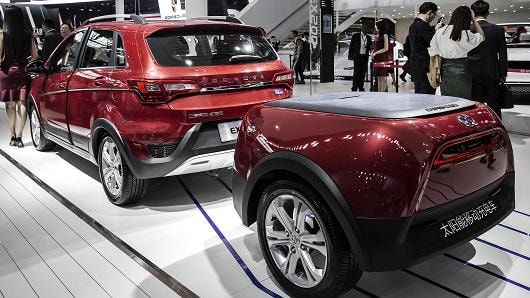 |
| The EX200 EV electric SUV from Chinese domestic automaker BAIC (Photo: Bloomberg/Getty Images) |
SUV sales in mainland China jumped 52% last year, making it one of the few segments of the auto market that is still growing, according to IHS. In March alone, demand for SUVs in China was up 46.2% year-on-year, according to Fitch Ratings. Manufacturers slashing prices on even their best-selling models shows that competition in the SUV segment is getting fiercer.
As of now, international brands still lead the market, even though domestic car brands are cheaper.
The CS35 - Changan Auto's first SUV - is priced from just $10,000, but international brand leaders are not intimidated.
“We differentiate on quality, connectivity, durability, and we will compete on price,” said Mr. Reuss.
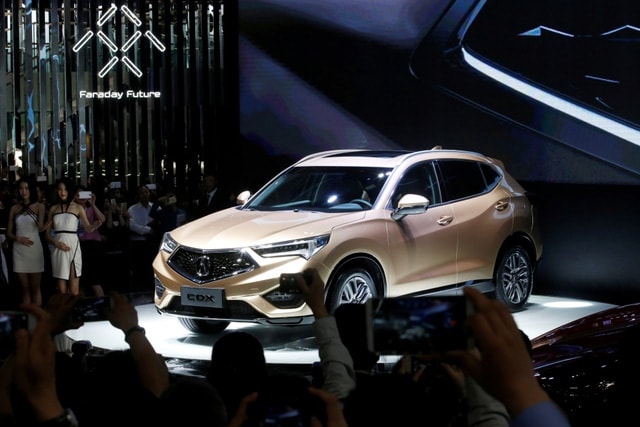 |
| Acura CDX - a newcomer in the small SUV-crossover market - just launched at the Beijing Auto Show (Photo: Reuters) |
However, the new regulations could be an obstacle for foreign carmakers.
China plans to tighten emissions standards in 2017 to tackle air pollution, with new rules likely to cut emissions limits for gasoline and diesel vehicles by half, Reuters reported.
Toyota said the new regulations could prevent the company from achieving its target of selling 2 million vehicles a year in China by 2025.
However, companies are scrambling to find solutions to increasingly stringent emissions and fuel consumption regulations, not just in China.
Carmakers now use turbochargers for smaller-capacity engines, and try to cut vehicle weight as much as possible to reduce fuel consumption, Mr. Chow said.
Some pictures of new car models launched at the 2016 Beijing Auto Show:
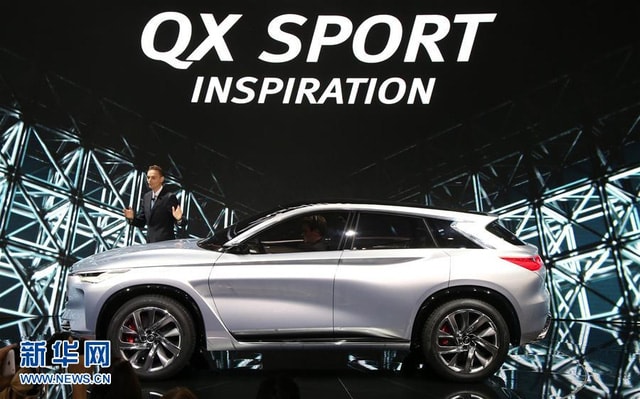 |
| Infiniti QX Sport Inspiration - a new mid-size SUV concept launched at the 2016 Beijing Auto Show (Photo: CRI) |
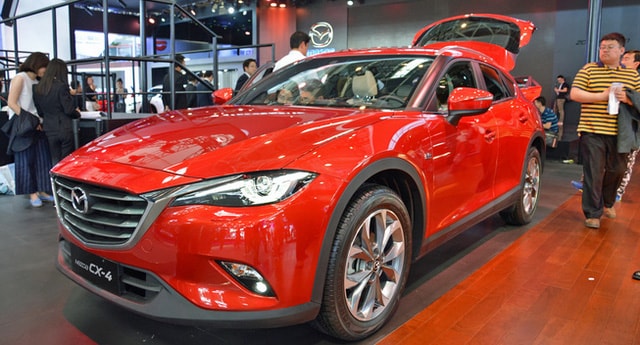 |
| The Mazda CX-4 model was developed specifically for the Chinese market (Photo: Leftlane) |
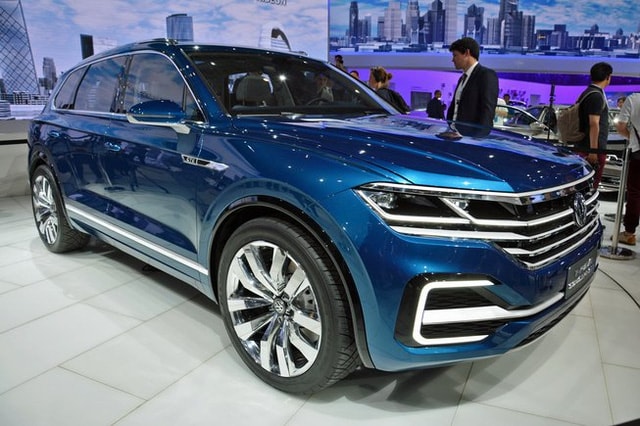 |
| Volkswagen T-Prime Concept GTE (Photo: Leftlane) |
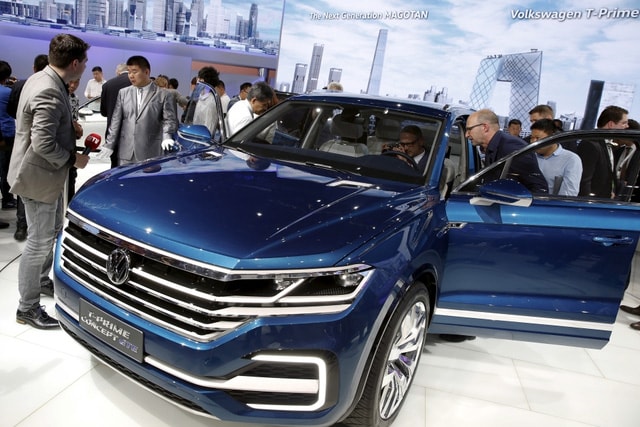 |
| SUVs with hybrid engines like the Volkswagen T-Prime Concept both meet the Chinese market's demand for large vehicles and address the issue of reducing emissions (Photo: Reuters) |
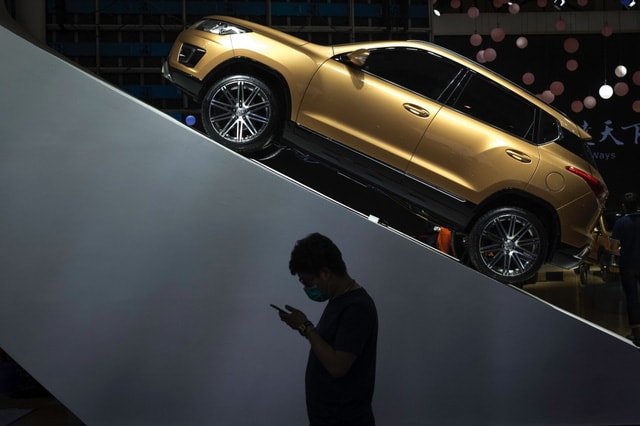 |
| BAIC's Senova X35 model (Photo: AFP/Getty Images) |
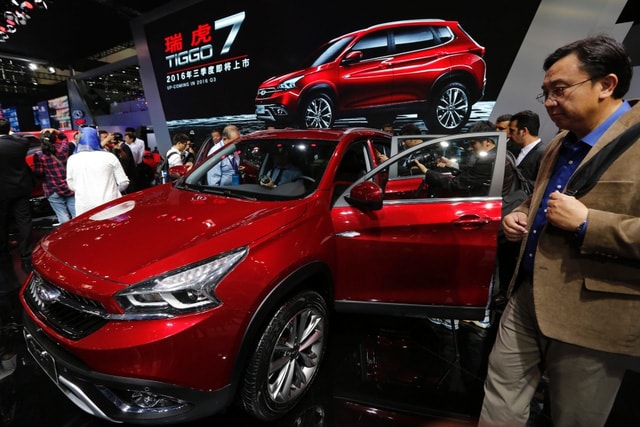 |
| Chery Tiggo 7 (Photo: AP) |
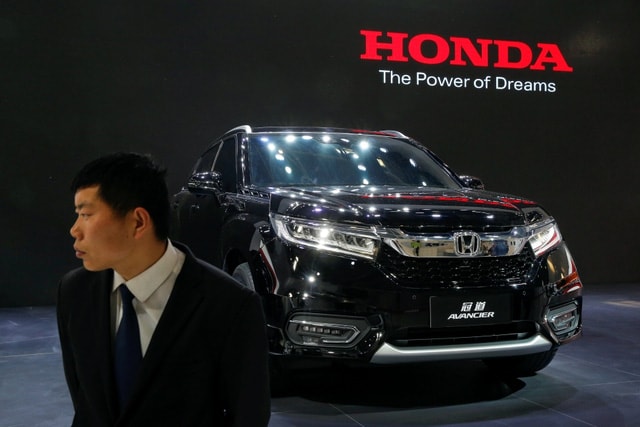 |
| Honda Avancier (Photo: Reuters) |
According to Dan Tri



